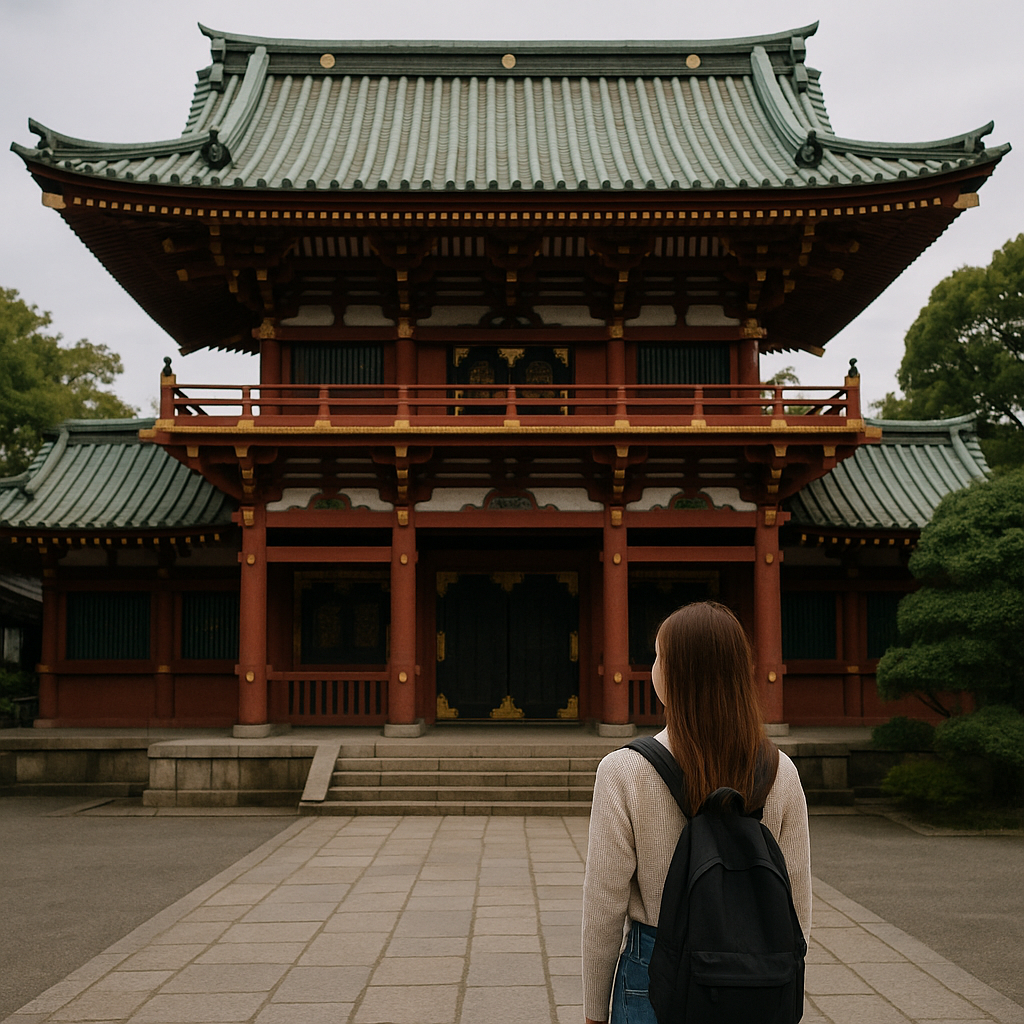Why Traditional Temples Still Matter to Millennials — and How They Stay Relevant
In a fast-paced digital world where everything from groceries to spirituality can be accessed online, one might assume that traditional temples would lose their importance among younger generations. Yet, across India and the world, millennials are still visiting temples — not just for rituals, but for reflection, peace, and connection. The sacred spaces that have stood for centuries continue to evolve, proving that their relevance is not bound by time or technology.
Temples as Spaces of Mental Peace
In the modern age, stress and anxiety are constant companions for many millennials. The pressure to succeed, social media comparisons, and the noise of everyday life often leave people mentally exhausted. Traditional temples, with their serene atmosphere, rhythmic chants, and divine energy, offer a sense of calm that no meditation app can replicate. When a millennial enters a temple, they step away from notifications and digital distractions. The silence, the fragrance of incense, and the gentle sound of bells work together to center the mind. It becomes a rare opportunity to be fully present. Temples thus act as mental wellness spaces, offering emotional balance and a moment of stillness amid chaos.
A Connection Beyond Religion
Many millennials see spirituality as something personal rather than bound by formal religion. They may not perform every ritual, but they still seek meaning and connection. Temples fulfill this need by offering an environment where one can experience devotion in their own way. For some, it’s about sitting quietly in front of a deity; for others, it’s about being part of a community celebration. Temples remind them of their roots, values, and cultural identity — something many feel is fading in the globalized world. In a way, visiting a temple is not only a religious act but also a cultural homecoming.
Tradition Meets Technology
Temples have evolved to stay relevant in the digital era. Many now stream live aartis and pujas online, allowing devotees to connect from anywhere in the world. Major temples like Tirupati Balaji, Siddhivinayak, and Kashi Vishwanath have embraced digital ticketing, QR-code darshan passes, and mobile donation systems. For millennials who value efficiency and accessibility, this modernization makes religious participation more convenient. Even social media has become a platform for temples to engage younger audiences — sharing motivational shlokas, spiritual stories, and behind-the-scenes rituals that bring faith closer to everyday life.
Community, Not Just Worship
Temples have always been more than places of prayer. They are centers of learning, charity, and social bonding. For millennials who often feel disconnected in urban life, temple communities offer a sense of belonging. Many temples organize youth programs, volunteer initiatives, and spiritual workshops that allow young people to participate actively. Whether it’s serving prasad, helping with festivals, or supporting social causes like education and environment, these activities make temples relevant beyond the religious sphere. They become places where millennials can contribute to something meaningful — where devotion meets action.
A Source of Cultural Education
In a rapidly globalizing world, millennials are more curious about their heritage than ever before. Temples serve as living museums of art, architecture, and history. Each carving, mural, and ritual tells a story — not just of gods and goddesses but of ancient Indian wisdom, science, and philosophy. For instance, temple architecture aligns with cosmic geometry (vastu shastra) and natural energy flow, reflecting deep spiritual science. Understanding these aspects gives millennials a renewed respect for ancient knowledge systems. Temples, therefore, are not relics of the past; they are gateways to rediscovering timeless wisdom.
Environmental and Ethical Awareness
Interestingly, traditional temples also align with the sustainability values that modern youth care deeply about. Many temples use eco-friendly practices — banning plastic, planting sacred groves, and promoting organic offerings. This resonates with millennials who believe spirituality should include respect for nature. The temple model of “simple living, high thinking” encourages mindfulness, minimalism, and compassin — principles that fit well with today’s conscious lifestyle trends.
The Future of Temples and Millennials
The bond between temples and millennials is not about blind faith; it’s about emotional intelligence and spiritual balance. Temples have managed to adapt without losing their essence. They continue to be spaces where one can pause, reflect, and reconnect — not only with divinity but also with oneself. As long as there is a human need for peace, meaning, and belonging, temples will continue to matter. They stand as timeless sanctuaries — where the ancient meets the modern, and where millennials find both roots and wings.
~Religion World Bureau









